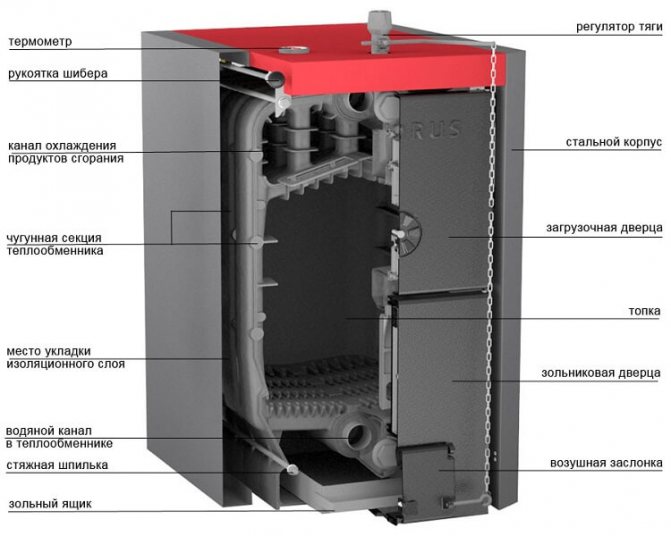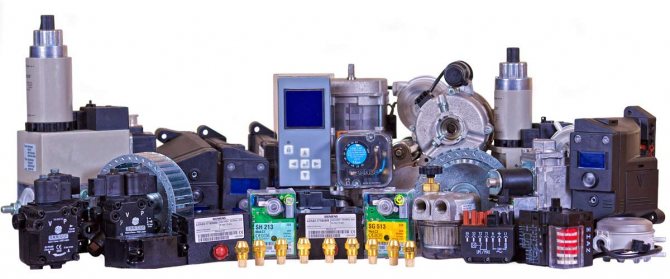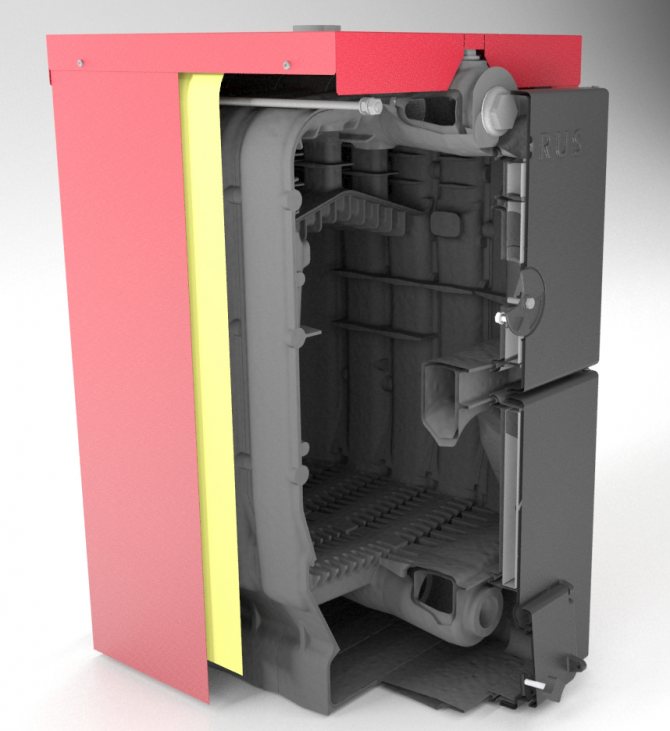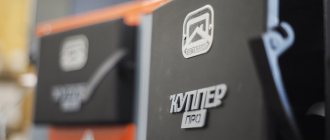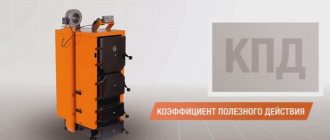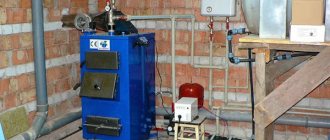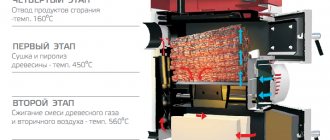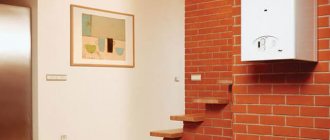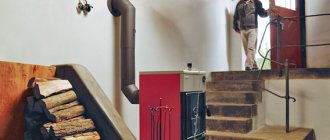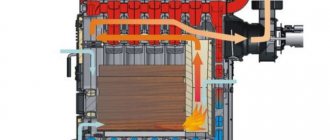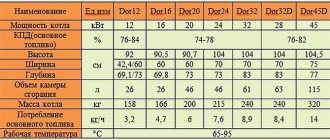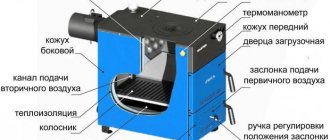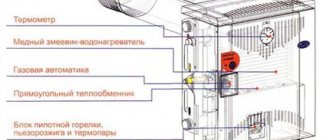Characteristics of solid fuel devices
Steel and cast iron boilers for solid fuels differ in that:
- easy to install, they can be assembled by hand, since this usually does not require the use of welding equipment and complex pipe connections;
- have a long service life - a well-made unit is able to serve without breakdowns for at least ten years;
- for the installation of solid fuel boilers with a cast-iron heat exchanger, no permits are required, the only condition is a good chimney design;
- they have a long burning period, although not all devices have this characteristic, but many manufacturers strive for this;
- have economical fuel consumption - this quality is the main reason why solid fuel cast iron heating boilers have gained wide popularity;
- efficiently distribute heat - it does not go into the chimney, but enters the room through special valves;
- quickly heat up the premises, especially for heat generators;
- in units of long burning, the duration of work on one tab of firewood reaches 10 - 12 hours;
- they have autonomous functioning, since the devices, as a rule, are non-volatile.
In order for cast-iron solid fuel heating boilers to function for a long time, when buying them, you need to pay attention to the service conditions offered by the manufacturing company, what guarantees it provides for its products.
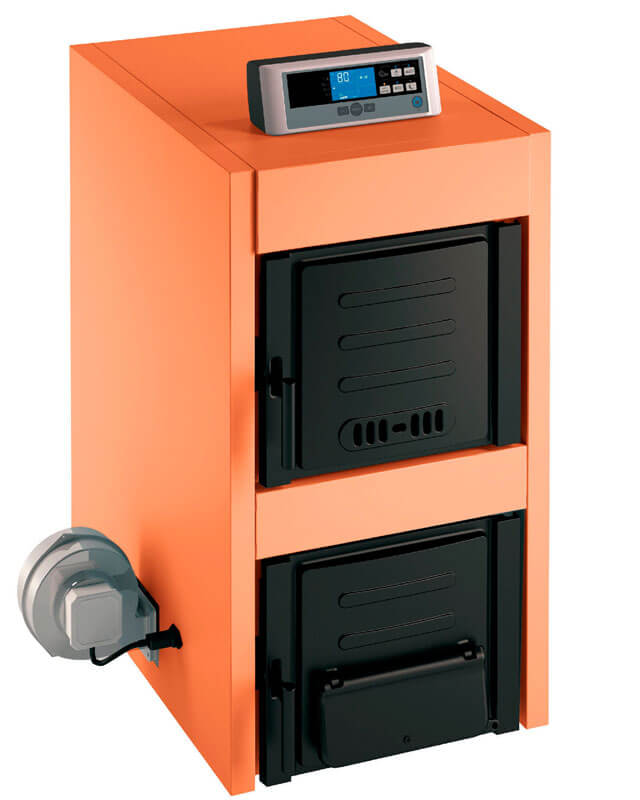
The fact is that on the market for heating units, you can buy a fake - a device made by handicraft. Often, such steel and cast iron solid fuel boilers are of good quality, but they do not have maintenance and warranty obligations. Buyers of such units in the event of a breakdown cannot make claims to anyone.
Variety of types of boilers
In special shopping centers for heating equipment, in addition to steel and cast iron boilers for solid fuels, they sell units operating on waste oil, gasoline, diesel fuel, etc. A wide variety of these products allows you to choose exactly the device that can provide a comfortable stay in the house.
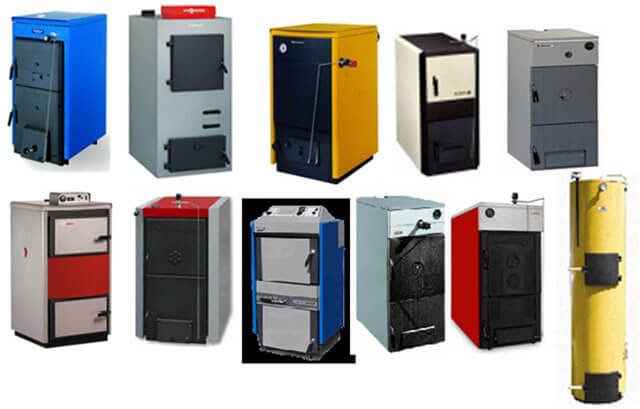

Solid fuel boilers are distinguished:
- coal-fired products;
- devices for which pellets are used;
- long burning ovens;
- heat generators.
Solid fuel boiler device in classic configuration
A boiler in a classic design, solid fuel cast iron is a complex mechanism in which each element has its own purpose and performs certain functions. High structural strength, reliability of connections of individual structural elements, ensure safe operation of the unit.
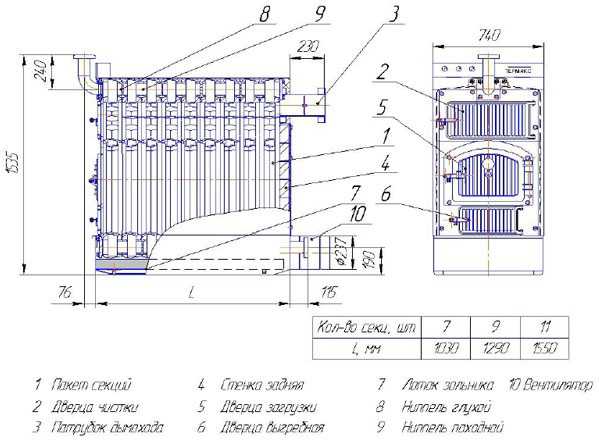

The number of sections in cast iron boilers for solid fuels is always fixed. The diagram shows the design of a cast iron boiler, the location of the main structural elements. The main components of a cast iron boiler are:
- sections;
- branch pipe (chimney outlet);
- nipples;
- combustion chamber with a door;
- ash pan;
- fans.
Almost all parts and assemblies of the structure are interchangeable, which makes the cast iron boiler very convenient and practical to maintain. The absence of complex structural products and devices simplifies the operation of the boiler in domestic conditions.The design of the boiler is simple and understandable even to a layman who is not familiar with boiler equipment.
As for the control mechanism, the situation here is ambiguous. Cast iron boilers for coal or other fossil fuels have, in most cases, a mechanical control system. The main adjustment mechanism is the draft regulator, which is entrusted with the task of controlling the decrease or increase in the heating temperature of the coolant. Modern devices, produced mainly by foreign companies, are equipped with controllers and blowing fans
For reference: blowing fans are installed on solid fuel cast iron boilers to eliminate the resistance arising in the duct.
Such devices have an insignificant effect on the boiler's ability to adjust, however, due to additional equipment, the boiler efficiency increases. The combustion chamber and cast-iron sections are not whimsical to the quality of the fuel. Unlike pyrolysis boilers, where dry (maximum 20% humidity) fuel is required, long-burning cast iron boilers can handle any type of fuel, in any condition.
Coal fired boilers
The peculiarity of the production of these devices lies in the fact that they use ultra-strong metal, for the welding of the elements of which a special technology is used. This design allows you to burn fuel in the combustion chamber without breaking its tightness.
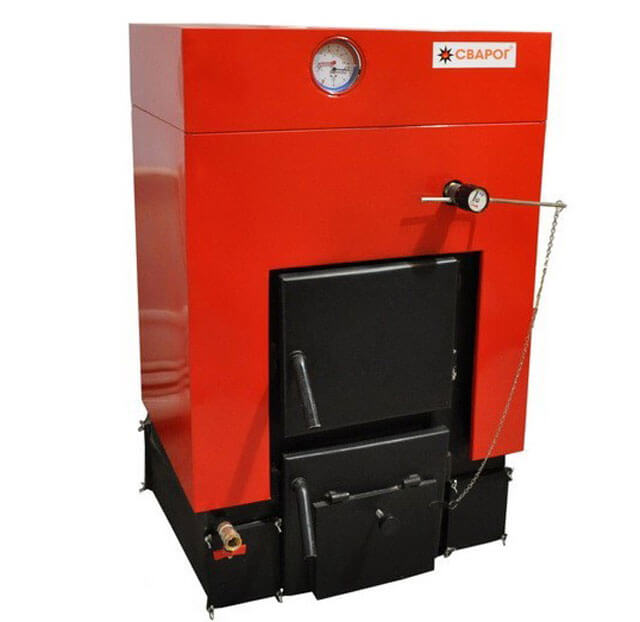

Boilers of this type can operate not only on coal, they can also use pellets, sawdust, etc. Their disadvantage is that a cast iron solid fuel boiler of this model is expensive.
Boilers by type of fuel
Solid fuel boilers predominantly operate on wood-based materials. Before purchasing this or that model, it is worth reading in its passport about the type of fuel used and about alternative options.
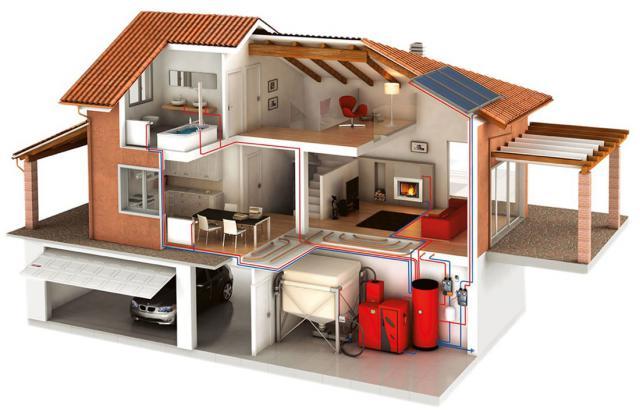

Schematic diagram
Modern units are divided into several varieties:
- Wood burning.
- Pellet.
- Universal.
- Coal.
- Gas generating.
Let's consider each of them in more detail in order to understand their features and positive aspects.
Universal
It is recommended to purchase universal boilers for a private house, to which the gas main has not yet been connected. Such units can operate on both gas and solid fuel. Therefore, when connecting the house to communications, it will be easy for the owner to switch to another fuel - gas. So the advantages of the unit are obvious.
Wood burning
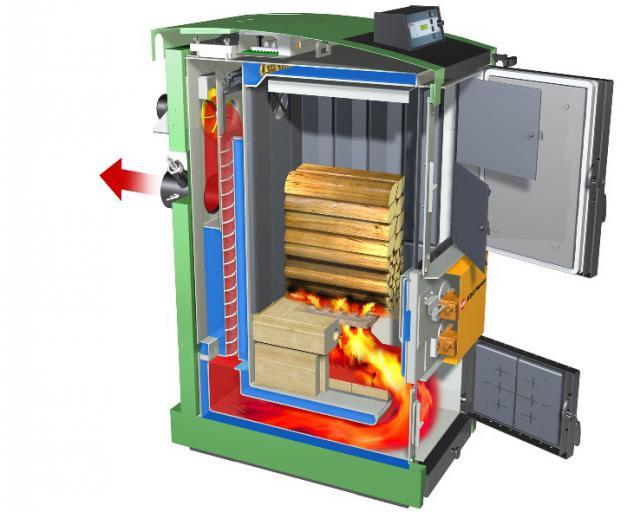

Work on wood
A wood-burning boiler for a private house allows the use of not only firewood, but also other types of wood. When purchasing fuel, you should pay attention to the degree of its moisture content, since a too wet tree significantly reduces the efficiency of the equipment. As a rule, such boilers are made of steel and have a low cost.
Coal
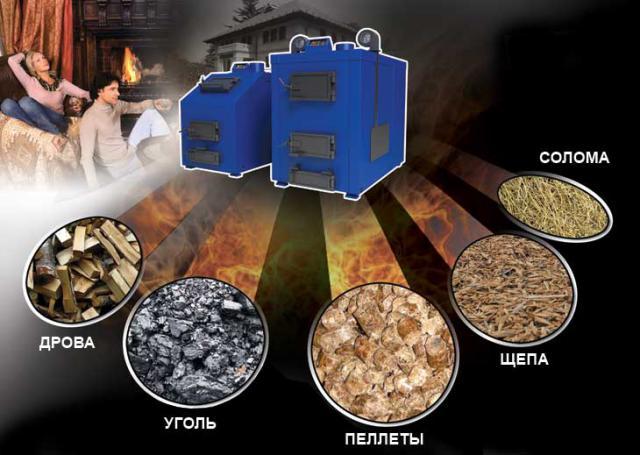

Fuel options
A coal boiler for heating a private house can be operated on stone, brown or charcoal. In addition, some manufacturers recommend using regular firewood as an alternative fuel.
Such a selection of solid materials for heating makes it much easier for owners to purchase them. Another advantage of the unit is its high environmental performance.
Gas generating
Gas-fired boilers are an ideal solution not only in terms of economy, but also ecology.
Important! Raw materials in such equipment burns slowly and in full, which is the reason for the high efficiency of the device compared to other models of solid fuel boilers.
Such products work on wood and pressed fuel.The only drawback of the boiler is its too high cost, as well as solid prices for fuel, which should have minimal moisture indicators.
Pellet
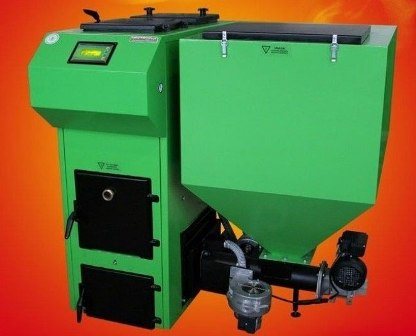

Pellet container
Pellet boilers for heating a private house provide for the use of only highly purified wood raw materials, which are pressed into special briquettes.
The equipment differs from analogs in that all processes in it are fully automated. The owner is only required to fill up the fuel in the fuel tank and activate the unit. When burning 1 kilogram of pellets, up to 5 kW / h of energy is generated, which is considered the highest indicator for solid fuel boilers.
Such equipment is quite expensive, but it pays for itself very quickly. Another advantage of the pellet boiler is its maximum period of operation with a minimum frequency of program failures and repairs.
Pellet boilers
They have an interesting design solution and are able to effectively heat the premises. The device of such a unit is simple: a special funnel for fuel granules is attached to its frame. At a certain time, small quantities of pellets are fed into the combustion chamber.
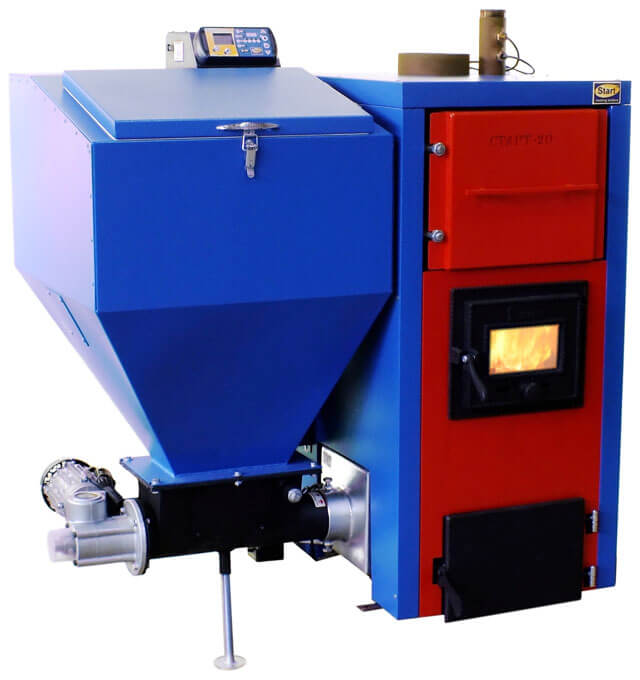

When purchasing such equipment, one should take into account the degree of its volatility. When it is connected with the operation of the funnel, that is, with the supply of pellets, then this is acceptable, since when the power supply is turned off, the fuel can be filled up manually. But if the operation of the boiler requires the functioning of electronic automation, then you need to think about the feasibility of purchasing it.
Long burning ovens
Basically, such devices are standard stand-alone steel or cast iron heating boilers for solid fuels. They are able to work using various wood materials (firewood, sawdust, brushwood), as well as fruit seeds, etc.
As a rule, they do not function from coal or pellets due to the fact that the technology of manufacturing the combustion chamber does not allow burning this type of fuel. Experts recommend that you carefully study the features of the selected model before buying a long-burning cast-iron solid fuel boiler.
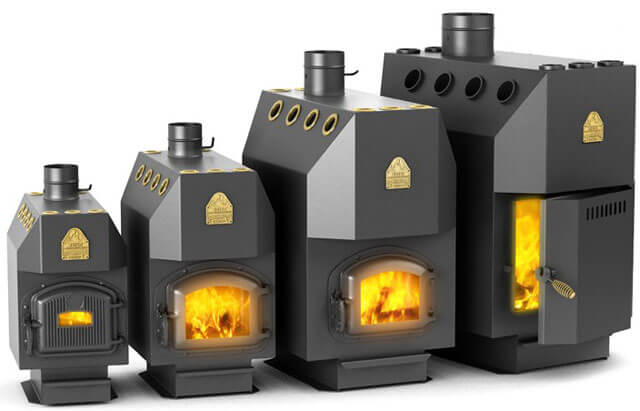

Usually, such units are purchased for the following purposes:
- for heat supply of suburban households and summer cottages;
- for heating utility rooms;
- for installation and operation in greenhouses and hotbeds;
- for heating industrial buildings;
- for farm buildings.
If you have to heat large buildings with several rooms, then it is better to purchase a modified version of a long-burning unit, namely a heat generator. Of course, it costs much more, but this price fully justifies itself.
The device of a cast iron boiler for solid fuels
A cast iron solid fuel heating boiler with a water circuit is a sectional structure sheathed with cladding panels. Between the body and the facing material there is a layer (up to 100 mm) of sheet heat-resistant insulation. Most often these are fire-resistant basalt wool mats.
For connection to the chimney system, all cast iron boilers are equipped with a chimney. For connection to the water heating system, two corresponding branch pipes come out of the device. The fuel chamber and ash pan are equipped with doors, which, depending on the design, can be blind or with inserts made of fireproof glass. Depending on the design, some models of cast iron solid fuel boilers are equipped with a forced air blower.
Due to the high temperature of the exhaust gases, all solid fuel models are produced exclusively with a steel or cast iron heat exchanger.That is why solid fuel boilers can only be steel or cast iron. The heat exchanger is the most important component of any solid fuel boiler. The heat exchanger of a cast iron boiler consists of individual modules and is usually the body of the entire boiler plant.
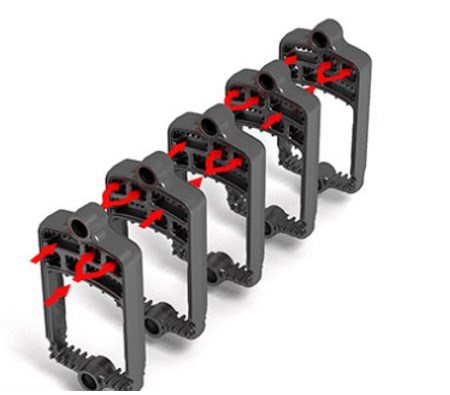

The sections are connected to each other using threaded connections. A high temperature sealant is used to seal the joints. The internal cavities of the sections are filled with a coolant, and the internal space is used as a combustion chamber.
Important! This design of cast-iron heat exchangers allows you to perform work on replacing sections in case of failure or to increase their number to increase the power of the device. Cast iron solid fuel heating boilers differ from their steel counterparts in the way of production of modules, in the assembly method and in the material of the heat exchanger, on the properties of which the functionality and efficiency of work largely depend.
Heat generators
These are convection-type ovens to which an electric fan called a "snail" is connected. There are special openings on the surface of this equipment for connecting flexible pipes.
Heat generators function in a certain way: fuel is loaded into the combustion chamber, ignited and then a fan is turned on, which injects air into it. Thanks to this, the firewood burns better, and the heated air, moving along the sleeves, is faster at the target. Flexible pipes come in different lengths, and their ends can be bred into rooms.
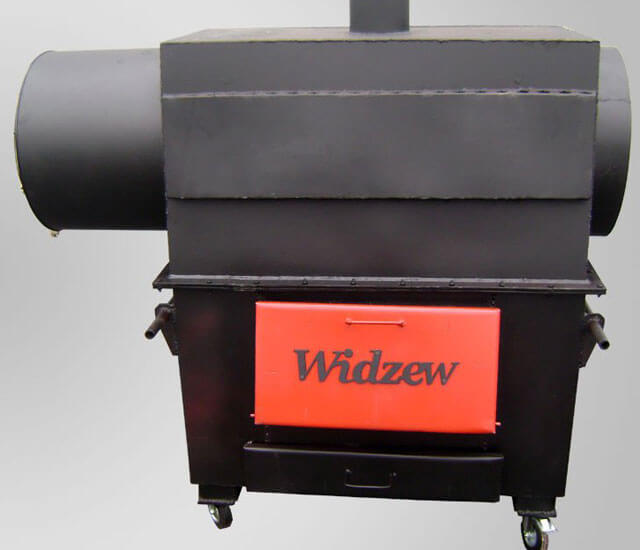

Benefits of heat generators:
- duration of continuous burning on one filling is about 8 hours;
- economical fuel consumption;
- devices can be used to heat any premises;
- units are capable of heating very large areas;
- it is possible to increase the power if necessary, for which a section is added to the boiler structure.
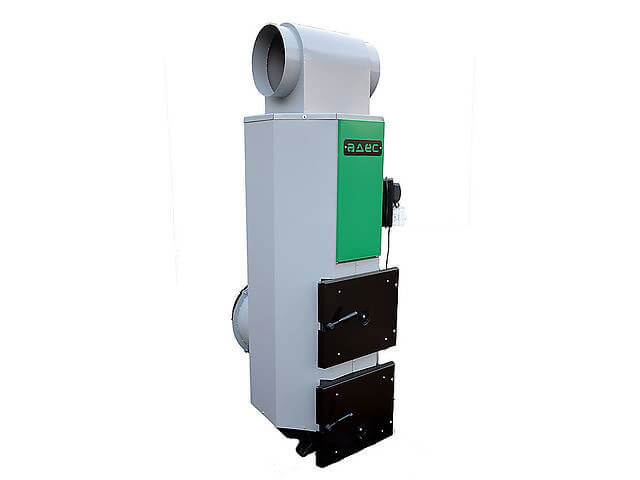

The disadvantages of heat generators are as follows:
- the need to install flexible pipes to move warm air;
- in the absence of electricity, the fan, the air blower cannot work, which affects the distribution of heated air in separate "hoses".
Features of cast iron boilers
It should be noted that almost every cast iron solid fuel boiler can operate on wood and coke. It costs more than a steel product, but its characteristics justify the price. The fact is that their production takes much longer than assembling a device from steel.
A cast iron solid fuel heating boiler is more durable than a steel one, it is able to withstand higher temperatures. Cast iron cools down much more slowly, which saves fuel.
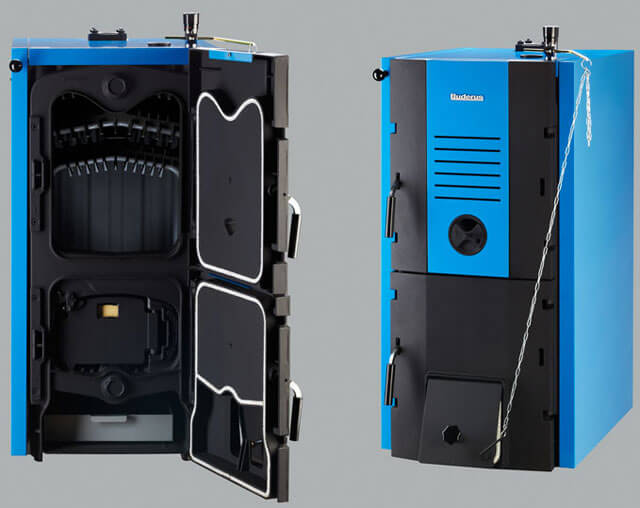

In addition, for cast iron appliances:
- there is a significant advantage - this is durability, since their service life reaches 25 years;
- they take up less space than steel units;
- cast iron is more resistant to corrosion processes than steel.
This heating equipment has disadvantages:
- A solid fuel boiler with a cast iron heat exchanger is sensitive to mechanical stress in the form of shocks. The cast iron body can crack under a certain load. For this reason, it should be handled with care.
- In the event of a sharp temperature drop, the cast iron can crack, therefore, experts do not recommend cooling such boilers with cold water or loading cold fuel into a heated combustion chamber.
- It takes a long time to heat up a case made of this material.
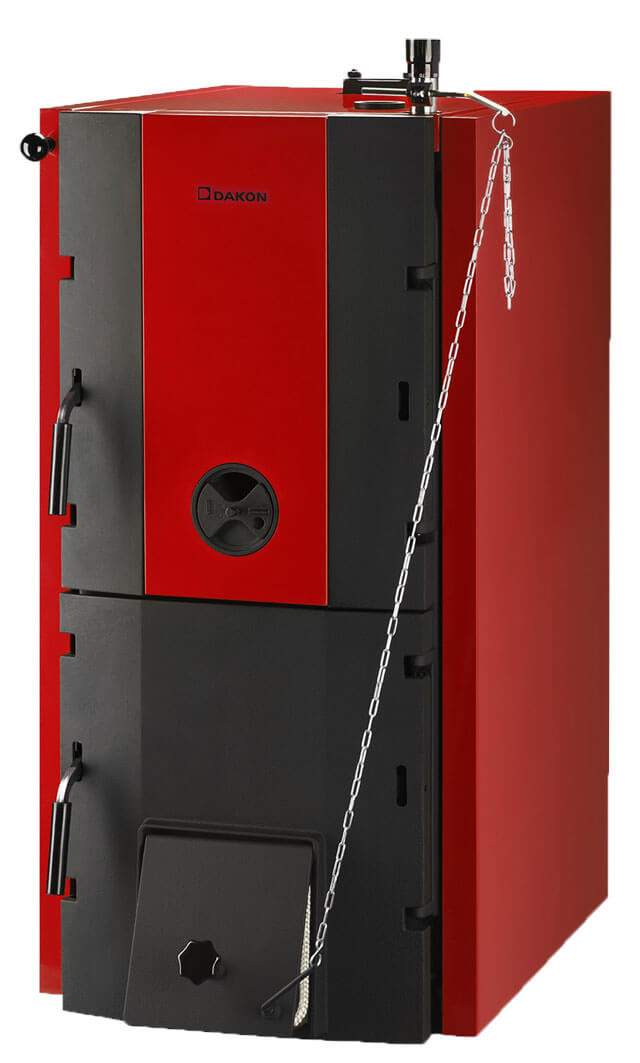

To even better understand the difference between a cast iron heating boiler and a steel one, you should familiarize yourself in more detail with the properties of solid fuel steel units:
- the impact resistance of devices is especially important during transportation, even if they fall or overturn, then with a probability of 99% it can be argued that the body will remain intact, and the tightness of the combustion chamber will not suffer;
- even large temperature drops are not dangerous for steel boilers;
- products are relatively lightweight;
- if one of the elements breaks off in the heating equipment, it can be welded without problems.
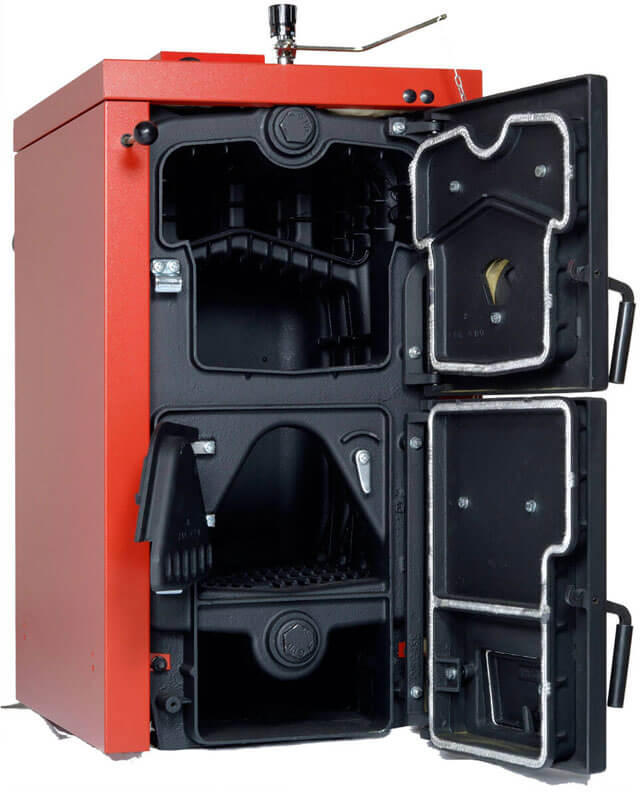

Among the negative points, it should be noted the susceptibility to corrosive processes, as well as the inability to increase power.
Advantages and disadvantages
Cast iron boilers have many advantages:
- autonomy of work;
- no special permissions required for installation;
- fuel is affordable and inexpensive;
- cast iron heat exchangers are corrosion resistant;
- such a heat exchanger reduces the possibility of condensation on the inner walls of the fuel combustion chamber;
- a large selection of boiler power, you can choose the most optimal option for your home, depending on its size;
- durability of use - more than 10 years.
The final price for a cast iron boiler depends on many factors: power, manufacturer, design features.
Disadvantages of solid fuel boilers made of cast iron:
- Low efficiency - up to 70%.
- Large weight of the structure; at the installation site, pouring of the foundation is required.
- Prolonged heating.
- The ash pan needs to be cleaned regularly.
- Sensitivity to temperature fluctuations.
Double-circuit cast iron boilers
Sectional devices are subdivided into single and double-circuit. The first of them work only for heat supply. Heating equipment such as a solid fuel double-circuit cast-iron boiler is capable of providing both housing heating and hot water supply. The long-burning double-circuit solid fuel boiler has a built-in broiler, which can be located under the outer casing.
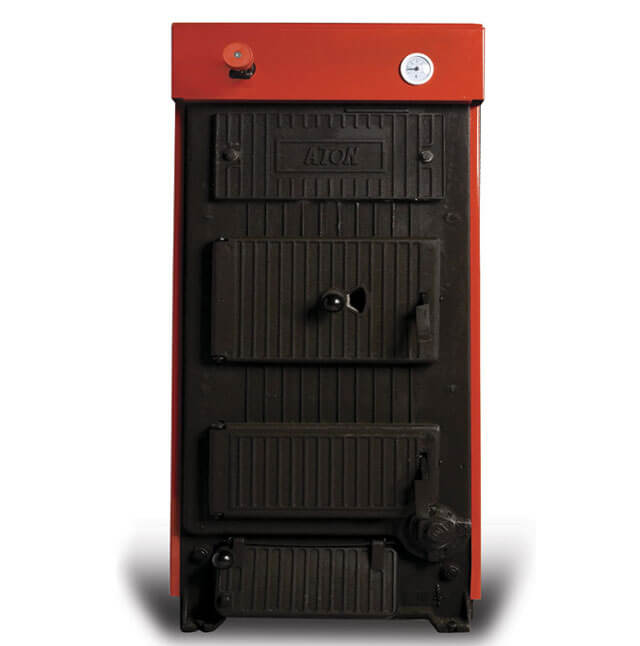

Such a structural device of a solid fuel cast iron boiler involves the installation of a pump to ensure water circulation. Double-circuit devices differ from other models in large sizes.
Types of solid fuel boilers
At first glance, the principle of operation of any boiler is the same - fuel (solid, liquid or gaseous) is burned, and the resulting heat is sent to heat the coolant. In fact, there can be several combustion modes, and the design of the boilers is significantly different from each other.
As for solid fuel devices, it is possible to distinguish such types of boilers as:
- simple cast iron solid fuel boiler - the word “simple” means that the fuel simply burns in the firebox. They can work on wood, coal, pellets, woodworking industry waste, etc.
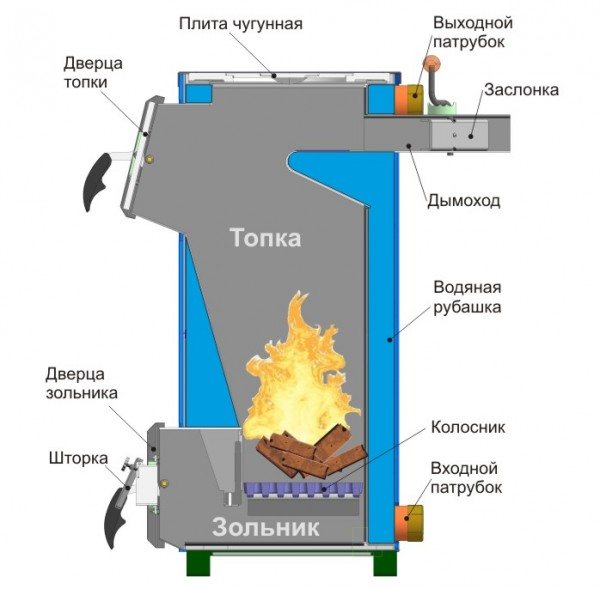

Scheme of the operation of a simple boiler
- gas generator type (it is a long-burning or pyrolysis boiler) - in this case, the emphasis is on the most complete combustion of the fuel. For this, the firebox consists of 2 zones, one contains fuel, and the other is used for afterburning of pyrolysis gas. More about the principle of operation of such devices - later in the article;
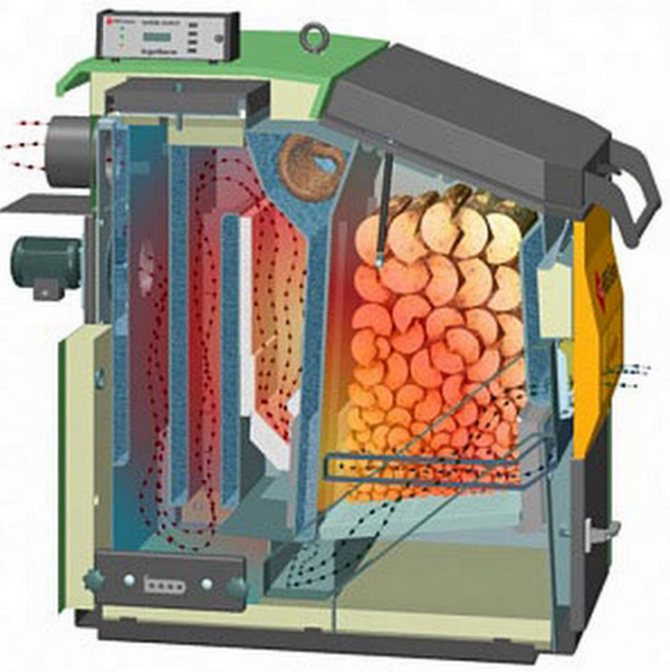

The diagram shows that the pyrolysis gas on the way to the exit has time to completely burn out
- boiler Stropuva - is interesting primarily for its design. The firebox in the form of a cylinder is placed in another cylinder, and the space between the walls is filled with a coolant. Due to the large volume of the furnace, such a boiler can work for up to several days.
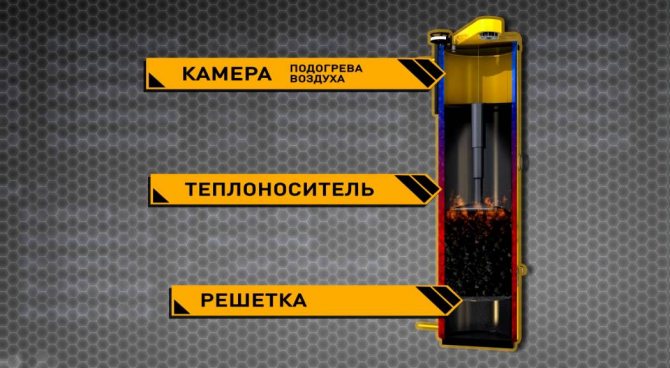

Boiler device Stropuva
Note! The operation of such a boiler is quite easy to regulate; its simplicity of design also contributes to its popularity. In comparison, for example, with a pellet boiler, the price of such a "nesting doll" will be much lower.
- fully automatic devices - all of the listed boilers must be cleaned regularly, because the fuel does not burn 100%.Therefore, even in the most modern boilers, manufacturers arrange ash panes for cleaning. In automatic boilers, not only the cleaning process is automated, but also the process of supplying fuel to the furnace.
Note! The fuel supply is usually organized by a conveyor belt, so such a heating system will depend on electricity. This must be taken into account when designing heating outside urban areas, where power outages are not such a rarity.
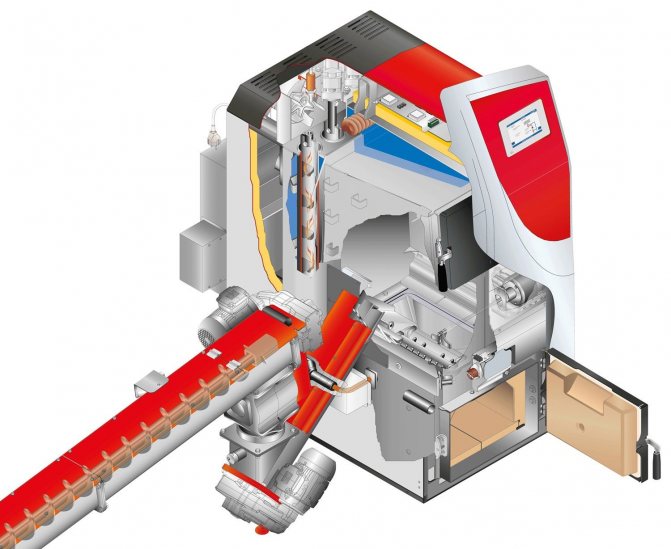

Automatic fuel supply is organized through a belt conveyor
